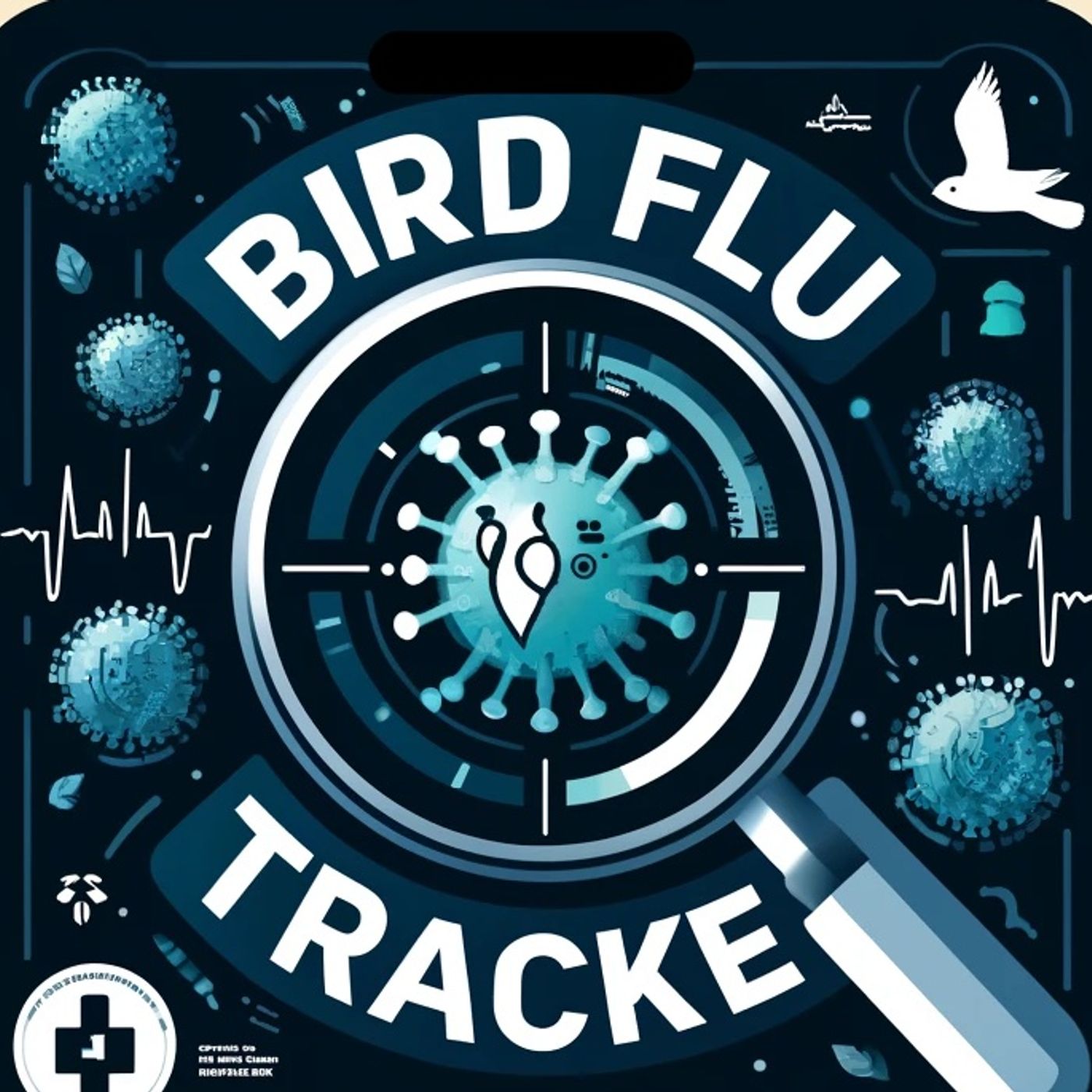Podcast Episode Details
Back to Podcast Episodes
Bird Flu Crisis Escalates Across the US and Europe, Threatening Thanksgiving Supplies and Public Health
Bird flu continues to dominate headlines this week in the US and globally as the H5N1 virus surges through both wild and domesticated bird populations, with the situation notably worsened by the ongoing US government shutdown. Humane Action reports that more than 3.5 million turkeys, chickens, and ducks in the US have been culled in recent weeks to limit the spread, as many federal workers responsible for monitoring animal health remain furloughed. According to NPR, this reduced workforce is raising fears among scientists that the virus could spread uncontrollably, potentially leading to even more mass poultry deaths, continued spikes in egg prices, and increased public health risks.
Just in the past day, the USDA’s Animal and Plant Health Inspection Service confirmed five new avian flu outbreaks across Indiana, Michigan, and Washington. The most severe case hit a turkey farm in Michigan, wiping out 113,000 birds, while Indiana reported significant losses in multiple duck facilities. Nationwide, in just the past month, over 3.7 million birds have been affected. The early onset of this year’s bird flu season already threatens the Thanksgiving supply chain, and Think Global Health notes that turkey losses are nearly 20 times higher than this time last year.
Internationally, the crisis is intensifying. On Wednesday, Spain ordered all poultry to be moved indoors in high-risk areas as outbreaks rise across Europe. The country is now one of at least 10 EU states and Britain reporting a fresh wave of avian influenza, part of a year that has seen more than 300 commercial outbreaks. According to the European agriculture ministry, both wild and domestic birds are increasingly affected, with restrictions tightening around free-range farming.
A particular cause for concern this season is the potential for the bird flu to spread silently. VaccinesWork highlights new research indicating that the H5N1 strain can sometimes infect people without causing symptoms, risking undetected transmission and further opportunities for the virus to mutate. The CDC and biosecurity experts worry that these asymptomatic cases could fuel a larger public health crisis if the virus adapts more easily to humans. Meanwhile, another strain, H9N2, previously deemed low risk, is now being watched closely after showing signs of adapting to infect people more efficiently.
To address the mounting threat, the Coalition for Epidemic Preparedness Innovations has devoted new funding to accelerate H5N1 vaccine research, using rapid-response AI technologies to outpace the virus’s evolution. Yet as long as surveillance is hampered and the virus continues to circulate widely, the risk of a pandemic remains.
Thank you for tuning in to today’s bird flu update. Check back next week for more breaking developments. This has been a Quiet Please production, and for more, visit Quiet Please dot AI.
For more http://www.quietplease.ai
Get the best deals https://amzn.to/3ODvOta
This content was created in partnership and with the help of Artificial Intelligence AI
Published on 12 hours ago